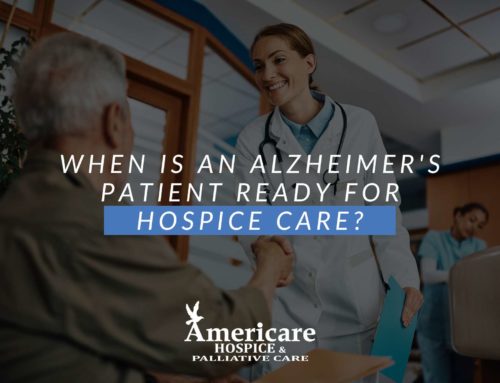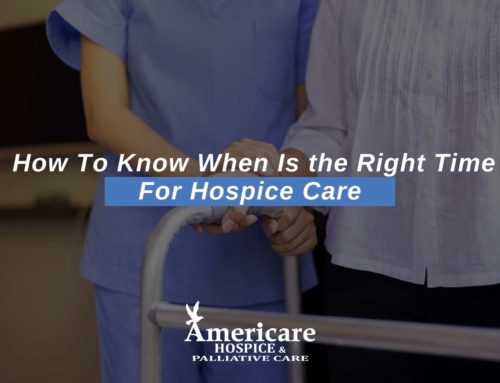Determining Your Needs: Inpatient vs. Outpatient Hospice Care
When most people think of hospice care, they think of it as an inpatient service at a hospital or a long-term care facility. Yet hospice care can be provided on an inpatient or an outpatient basis, meaning that it can also be offered in your home.
If you have a loved one who needs hospice care, the first thing you’ll need to understand is what level of care your loved one will need and whether that will be considered inpatient or outpatient hospice care. Whether the care is defined as inpatient or outpatient will determine what Medicare covers – which could mean that the services are either covered or you have some hefty medical bills to pay.
Here’s a look at how Medicare define outpatient and inpatient hospice care in Arizona:
Level 1: Basic Home Care
Routine home care, and routine nursing care, include basic services. A nurse can come periodically to provide care, and a doctor may be consulted. A home health aide may come to the home to provide care such as personal hygiene, medication management, or changing wound dressings. Basic home care can also include the need for a counselor, medical equipment and supplies, therapy (such as physical therapy), and lab tests. At this level, the person gets intermittent care – not someone around the clock. You loved one may need someone who can check on them during the day while you are working, for example, or who can make sure they are on track with medication and other ameliorative measures.
[lyte id=”tIATJu7I6f8″ /]
Level 2: Continuous Home Care

Level 3: General Inpatient Care
When your loved one experiences symptoms severe enough that they cannot be managed at home, it is time for inpatient care at a Scottsdale hospice facility or hospital. Your loved one gets the same kind of care that would be offered at home, but medical professionals are there around the clock to provide assistance. More intensive care is provided to relieve your loved one of pain, to manage medication, and to offer emotional support. When patients enter inpatient care, the emotional toll can be as big as the physical one. They know that the end of their life is very close, and they may grapple with many big questions about mortality and the meaning of their life. Counselors and therapists are available to help patients and their family members process these feelings.
Level 4: Respite Care

You will need to work with your loved one’s doctor and medical team to determine the level of hospice care needed. You then need to talk with your insurance provider or a Medicare specialist to understand what will be covered and what won’t.

Published By:
1212 N. Spencer St., Suite #2
Mesa, Arizona 85203
Office: (480) 726-7773
Fax: (480) 726-7790
Email: info@americarehospice.org






